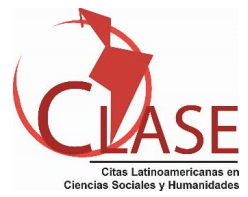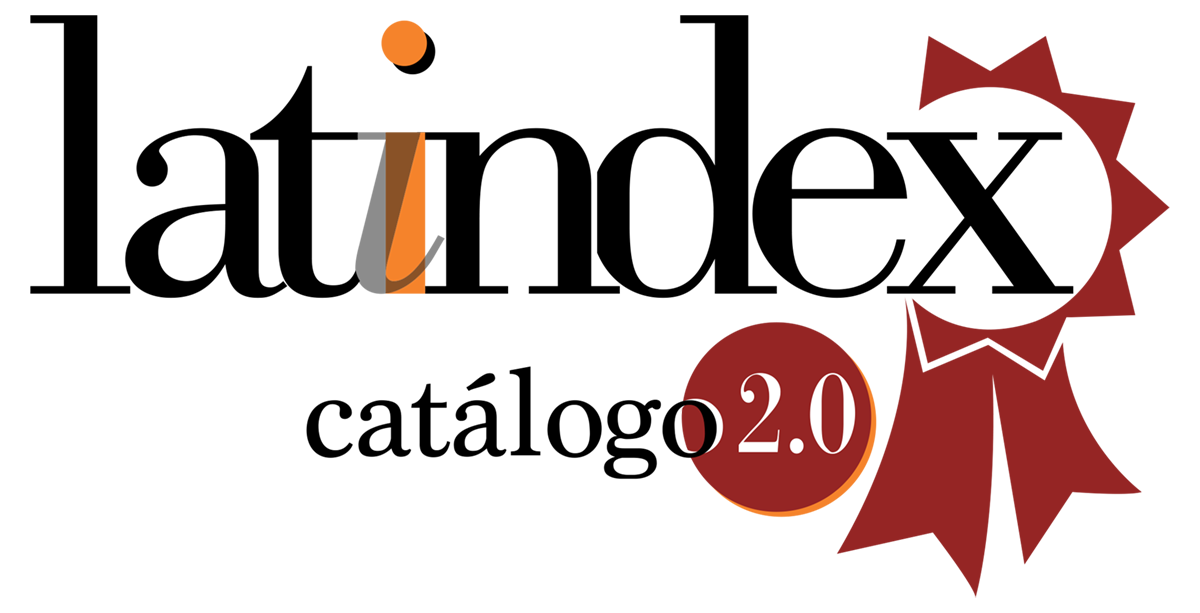Proceso editorial
1 - Previo al envío de la colaboración
El editor de la Revista inicia el proceso con la emisión de la CONVOCATORIA.
Para que el autor (a) de correspondencia tenga acceso a la plataforma y pueda subir el documento, será necesario que obtenga los datos de usuario y contraseña, proporcionados por soporte técnico de la Revista, debiendo escribir al correo revistadycs@uat.edu.mx
En respuesta al correo, se enviarán al autor (a) de correspondencia los datos para el registro en la Revista. En un archivo de formato Word, deberá especificar los datos personales e institucionales de cada autor (a), en orden de contribución.
A partir de la siguiente etapa, el autor (a) mantendrá comunicación a través de discusiones dentro la plataforma de la revista y de manera automática se notificará vía correo electrónico sobre el estatus actualizado de su colaboración.
2 - Envío
En la primera etapa, durante cinco días hábiles posteriores al cierre de la convocatoria, el documento se encontrará en revisión preliminar por parte de la Coordinación Editorial, para verificar que se cumpla con los requisitos de estilo y temáticos del número; efectuar el análisis sobre el porcentaje de similitud con material publicado, a través del servicio de verificación de plagio iThenticate y; con la “lista de comprobación para la preparación de envíos”.
Nota: Aquellos trabajos que no cumplan con las normas editoriales, serán devueltos a los autores (as), para que las corrijan en un plazo de tres a cinco días hábiles, resaltando los cambios con color amarillo.
3 - Revisión
En la segunda etapa, el Editor de la Revista de manera indistinta enviará la colaboración a evaluación por investigadores (as) externos (as) que trabajen la línea temática respectiva, mediante el sistema doble ciego. La invitación a evaluar deberá ser contestada en cinco días hábiles, de lo contrario la Coordinación Editorial buscará a otro (a) investigador (a), dando el mismo plazo para recibir la respuesta.
Una vez que el par evaluador confirme la invitación a participar en esta actividad, dispondrá de hasta 15 días hábiles para realizar la evaluación en la plataforma de la Revista utilizando el Formulario de Revisión para artículos y reseñas. En caso de opiniones divididas, el Editor de la Revista decidirá si se envía a un tercer evaluador, si se acepta o se rechaza la colaboración.
Si en los dictámenes se hacen recomendaciones a la colaboración, los autores (as) deberán atenderlas en un plazo no mayor a 10 días hábiles, resaltando los cambios con color amarillo.
Si algún evaluador (a) solicitó que le fuera reenviada la colaboración para validar los cambios, una vez que se le notifique que la nueva versión está disponible en la plataforma, dispondrá de cinco días hábiles para revisar los cambios y manifestar su conformidad al respecto, de lo contrario se entenderá su aceptación de manera tácita; y la colaboración pasará a la etapa siguiente del proceso.
En el caso de que el evaluador (a) manifestara su inconformidad con los cambios a la colaboración, el Editor de la Revista decidirá si se han atendido las recomendaciones de manera suficiente o si es necesario devolver el documento a los autores (as) para que atienden una vez más las sugerencias del evaluador (a), en cuyo caso dispondrán de tres días hábiles para esta actividad. Si los autores (as) decidieran no hacer más cambios, la decisión final sobre la publicación del documento será del Editor de la Revista.
4 - Editorial
En la tercera etapa, el artículo aceptado se encontrará en la etapa de corrección de estilo, además de la revisión sobre la traducción del título, resumen, palabras clave, figuras y/o tablas. Dichos procesos se llevarán a cabo en un periodo de 5 a 10 días hábiles.
5 - Producción
En la cuarta etapa, el artículo se encontrará en diseño y maquetación durante un máximo de cinco días hábiles.
Se enviará al autor (a) las galeradas (prueba de galera), para que valide nombre/s de autor/es, institución de adscripción, código postal, ciudad, entre otros rubros de forma, además de autorizar la publicación. Tendrá un plazo de tres días hábiles para autorizarlo. En caso de no responder, se entenderá la conformidad de manera tácita; no obstante, la Revista publicará de ser necesario una fe de erratas en caso de que las personas autoras de la colaboración identifiquen algún error en la publicación.
6 - Publicación
En la quinta etapa referente a la finalización del proceso editorial a través de la plataforma, el artículo se publicará en el volumen y el número de la edición correspondientes a la convocatoria en curso. Lo cual no implica que la Revista deje de recibir colaboraciones en el intervalo entre convocatorias.





